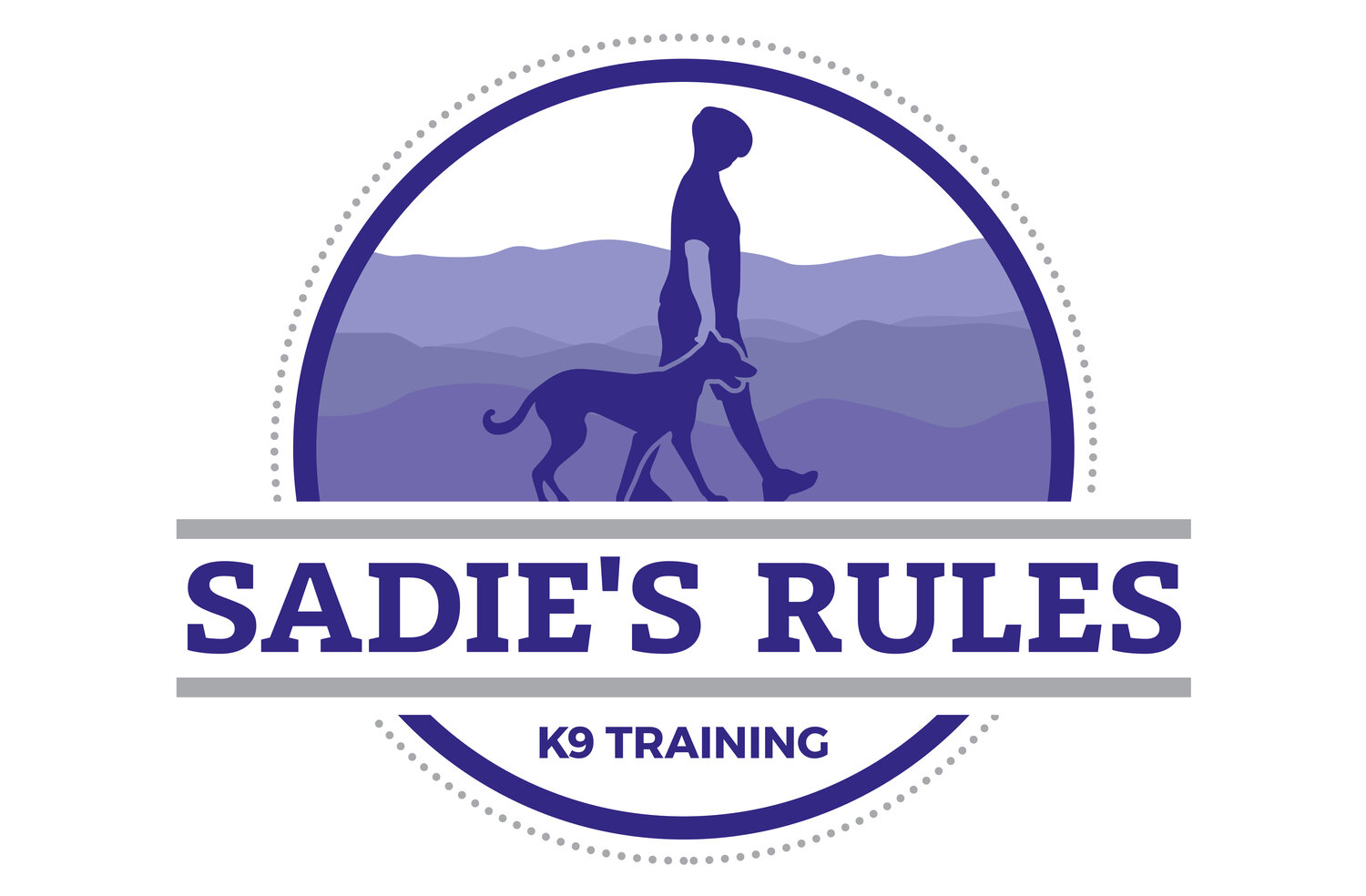You are your dog’s guide to the world. Dogs do not intuitively understand how to navigate our human world. They don’t come preprogrammed with the understanding that it’s not okay to use their mouth on humans, or that pulling on the leash makes a walk really unpleasant for the humans, or that barking and jumping on strangers is super rude. They have no idea. They only know how to be a dog.
You have an enormous opportunity to build a deep bond of trust and respect with your dog when you embrace your role as their guide. Taking the time to teach them, proactively guide them, advocate for them, and reinforce what’s already been taught is a great way to show your dog that you’re there for them—that they aren’t alone in this weird human world with all its strange human rules.
Here’s a few questions to reflect on if you want to strengthen your relationship with your dog by stepping into your role as your dog’s advocate and guide to the world:
❓What are my dog’s sensitivities?
❓What situations make my dog feel overstimulated?
❓In what moments do I feel really disconnected from my dog?
❓What behaviors or situations cause me the most frustration with my dog?
❓When does it feel like my message is falling on deaf ears?
❓In what moments am I holding my breath hoping my dog doesn’t react poorly?
Identifying these gaps is an important first step. These are the areas where a better understanding of your role as guide and advocate might help you move forward. I’ll give you an example. Lets say you identified encounters with other dogs as a situation that makes you nervous and often overstimulates your dog. You may be able to better advocate for your dog in these situations by:
✔️Opting for slow, no-pressure introductions instead of fast, leashed greetings. Focus on building a relationship over time instead of making instant friends.
✔️Saying no when people try to allow their leashed dog to greet yours. Leashed greetings are full of pressure and can be a recipe for disaster.
✔️Practicing calm coexistence with other dogs. Your dog can benefit from learning that not all encounters with dogs are high-energy. Some are just chill.
✔️Avoiding overstimulating environments like dog parks. It’s almost impossible to properly advocate for your dog in that kind of environment.
✔️Seeking help with leash training if your dog reacts to dogs while on the leash. Learning better leash behavior can help your dog learn to stay calm around other dogs.
✔️Recognizing where this same behavior/mentality is occurring and addressing your dog’s behavior in that situation as well. For example, if your dog also barks his head off at the window every time a dog goes by, you’ll want to work on that, too.
I hope this example was helpful! Sometimes being a better advocate and guide for your dog involves seeking help from a trainer, sometimes it just involves a mentality shift and a new approach, and sometimes it involves all of the above. If you need help recognizing how to be a better advocate and guide to your dog, comment below and I’ll do my best to give you some food for thought.

